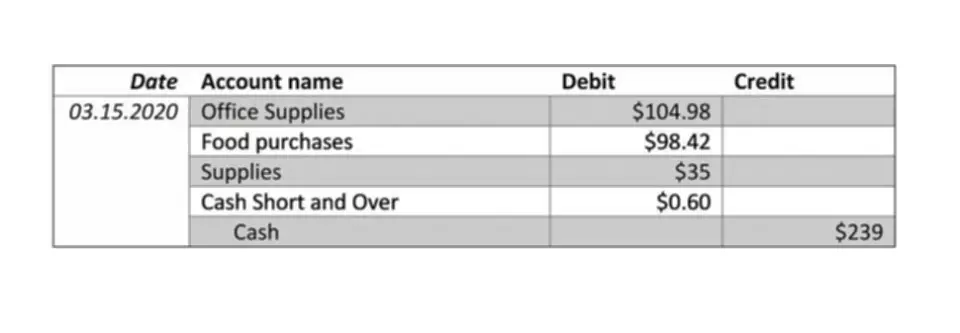The Mathematical Lies of Bank Balance Sheets
Content

Now, we have to go back and then flesh this out on the Balance Sheet. Now, in real life you don’t follow this exact order because, for example, you sort of have to look at regulatory capital earlier on, because when you’re filling out the Cash Flow Statement, when you get to the dividends line item. Then you have the bank’s Income Statement, we also have the Loan Loss Reserve Calculations, and the bank’s Cash Flow Statement.
In the first, someone sells some of their mutual fund investments to pay down their outstanding mortgage balance. If a person does this in the amount of $100,000, it will reduce the “Equities, Mutual Funds, Bonds, & Loans” by $100,000 and reduce the “Residential Mortgages” by $100,000. That is, there is an equal reduction in assets and liabilities, with no change in net worth. Before getting to the details, it is important to distinguish a balance sheet from an income (or profit and loss) statement. The first is a picture of an entity’s overall financial health, showing what it owns and owes.
Balance sheet FAQ
Specifically, the bank owes any deposits made in the bank to those who have made them. The net worth, or equity, of the bank is the total assets minus total liabilities. Net worth is included on the liabilities side to have the T account balance to zero. In either case, on a bank’s T-account, assets will always equal liabilities plus net worth.
With a real bank of course you might see it, but I felt it wouldn’t add that much here, so we just decided to leave it out. Once you’re done with that, go over and then calculate in just this one column, these ratios for Net Charge-Offs, Return on Equity, Common Equity, Tangible Assets, Assets, and so on and so forth and all of these. For this part to really, to really finish this off you have to calculate the Regulatory Capital, and then you also have to go over here and calculate the Key Operating Metrics and Ratios for this bank.
Monetary Policy in Emerging Markets
Another is the Bank of England’s 2009 operations in sterling corporate bonds; these were not zero, but small. The Federal Reserve’s Secondary Market Corporate Credit Facilities is a third example. Originally announced on 23 March 2020 and expanded two weeks later, risk spreads and bid-ask spreads shrunk immediately (Gilchrist et al. https://www.bookstime.com/ 2020). While authorisation was for $750 billion, the Fed’s holdings of corporate bonds and exchange-traded funds (ETFs) peaked at $14 billion6 – and could, perhaps, have been smaller. When bank customers deposit money into a checking account, savings account, or a certificate of deposit, the bank views these deposits as liabilities.

To see the various transformations that banks undertake, note that deposits account for the lion’s share of their funding—73% of the total. These liabilities are promises to pay fixed dollar amounts on demand (or at a designated time). That is, from the perspective of the depositor, these are highly liquid and bear no (or relatively little) default risk.
What are the 3 types of balance sheets?
Banks could also record income on their books if the market value of their debt declines. This allowance exists because they could buy back their own debt in the market, thus reducing their debt for a fraction of its face value. However, critics have pointed out that if a bank doesn’t have the money to buy back its debt, it could still record the reduced value as revenue even though the bank would have to pay the principal back when the debt matures.

Some banks, usually smaller banks, also have accounts at larger banks, called correspondent banks. Which are usually larger banks that often borrow from the smaller banks or perform services for them. https://www.bookstime.com/articles/financial-statements-for-banks This relationship makes lending expeditious because many of these smaller banks are rural and have excess reserves whereas the larger banks in the cities usually have a deficiency of reserves.




